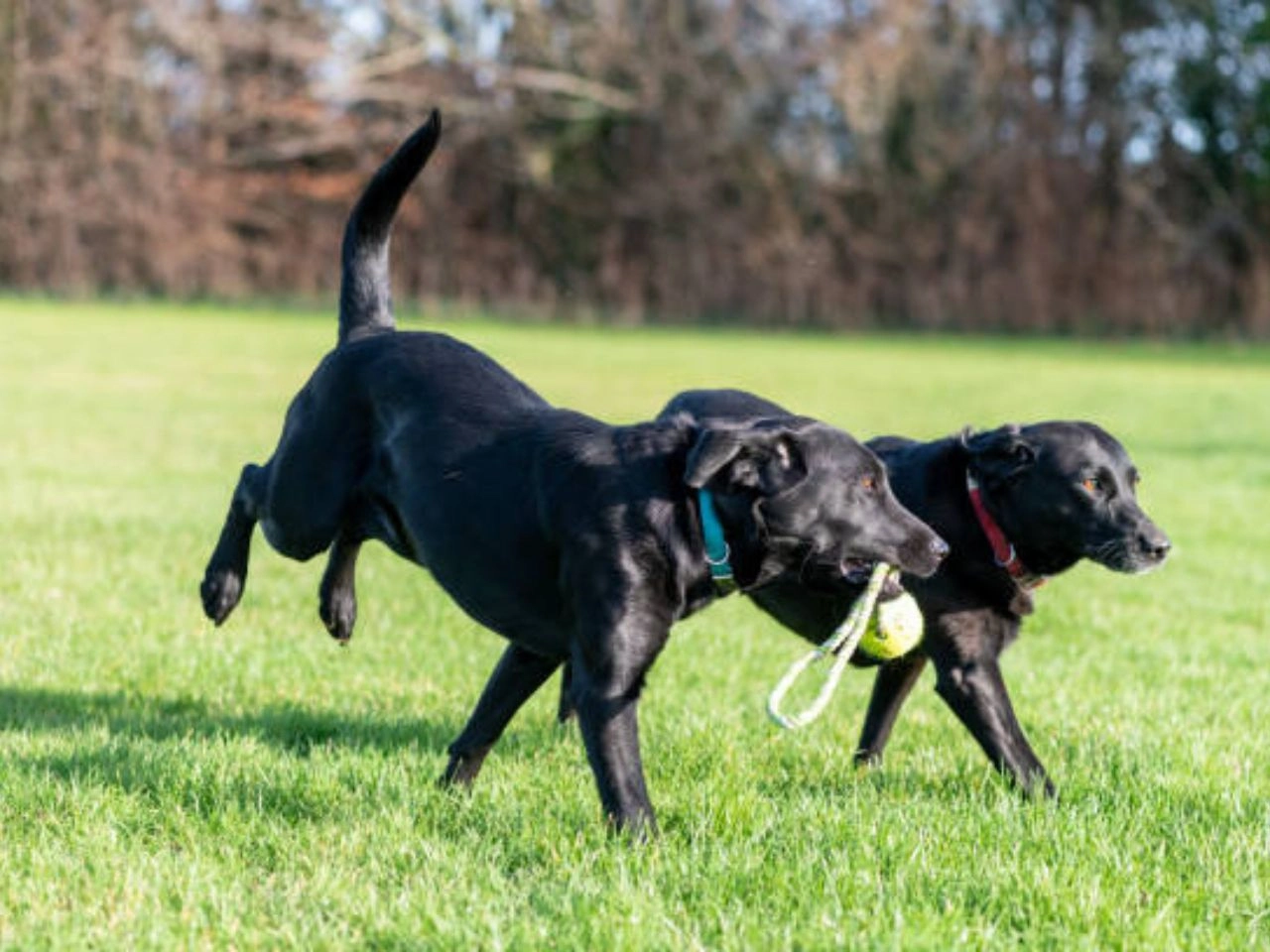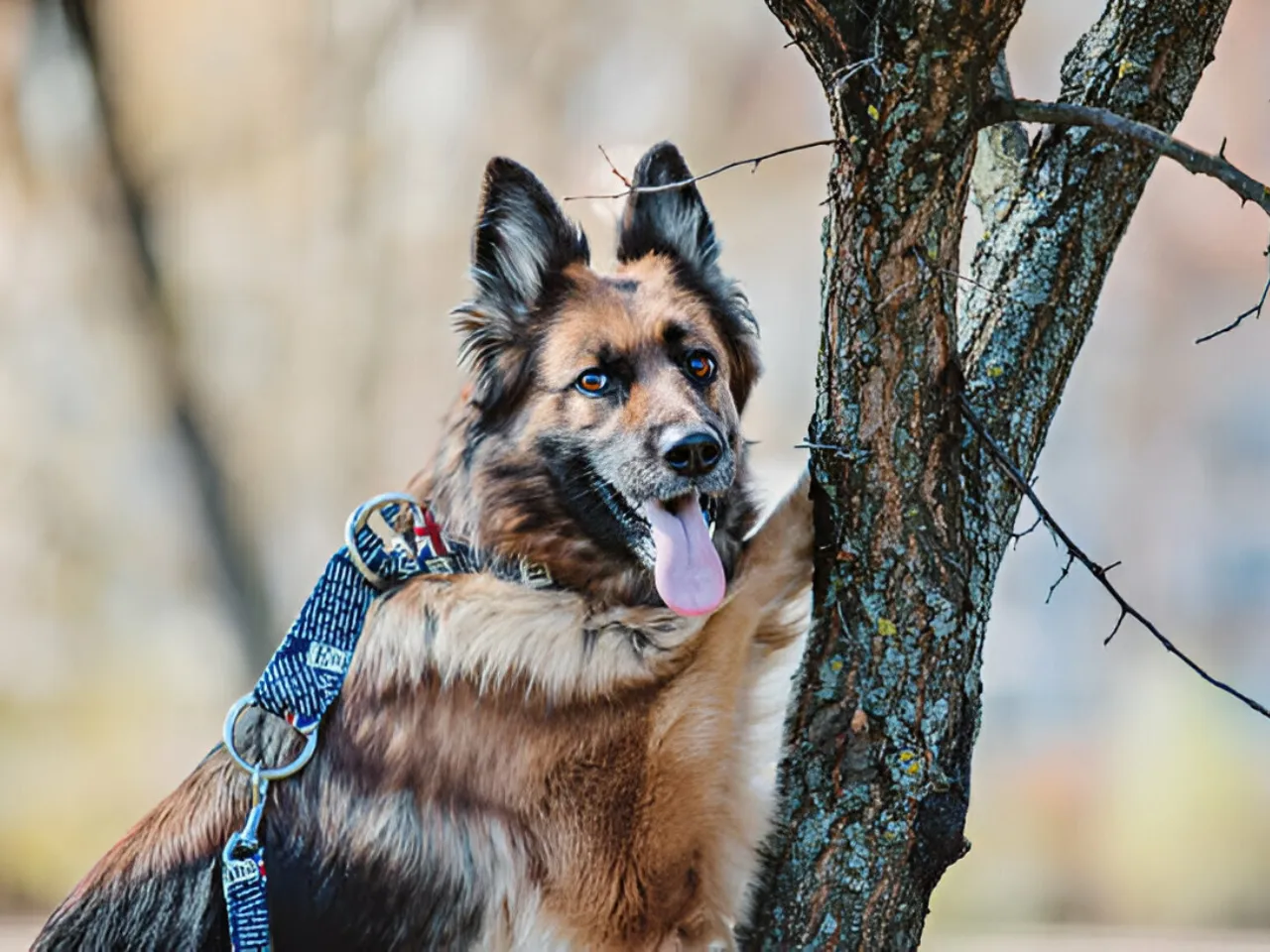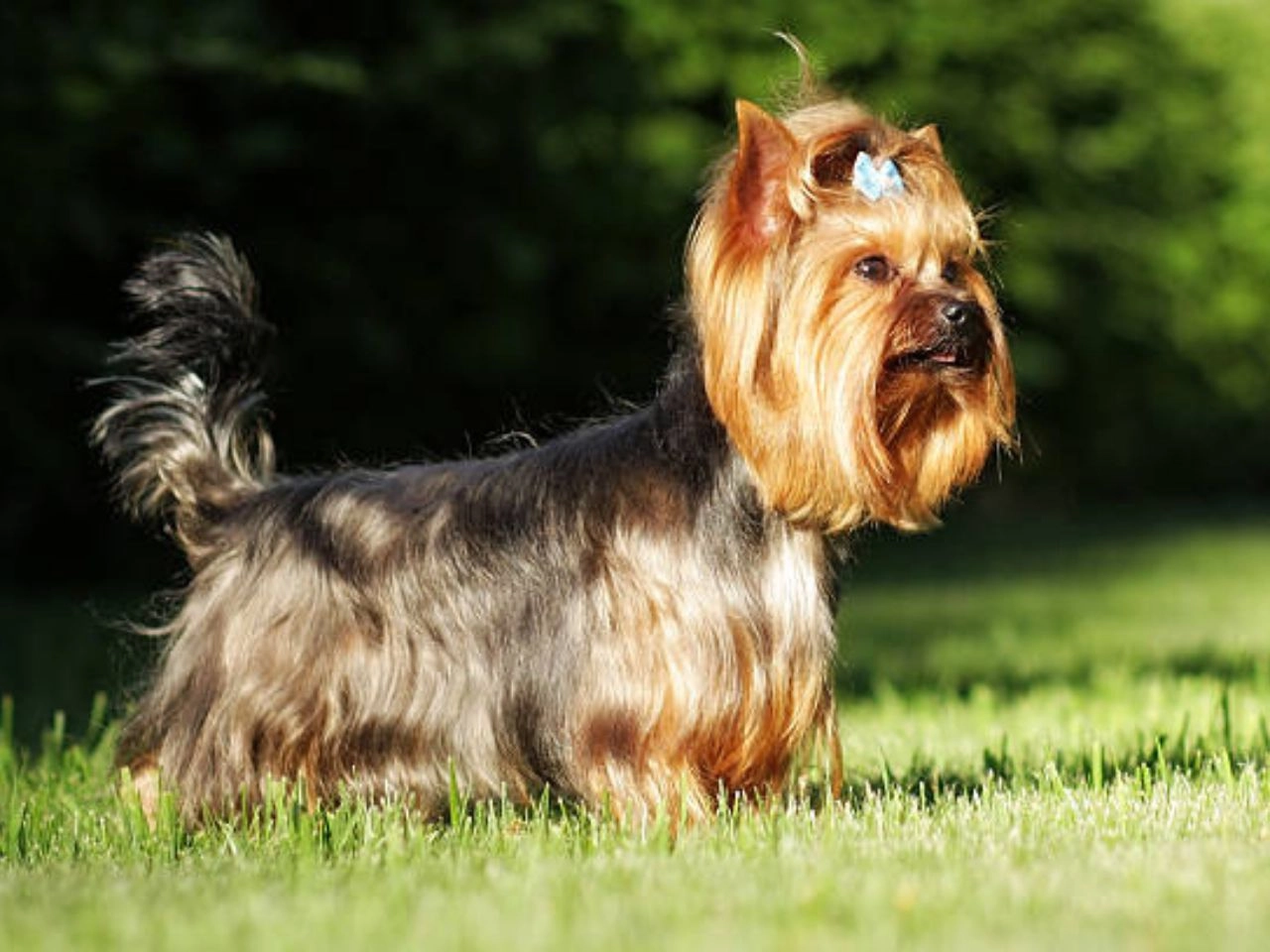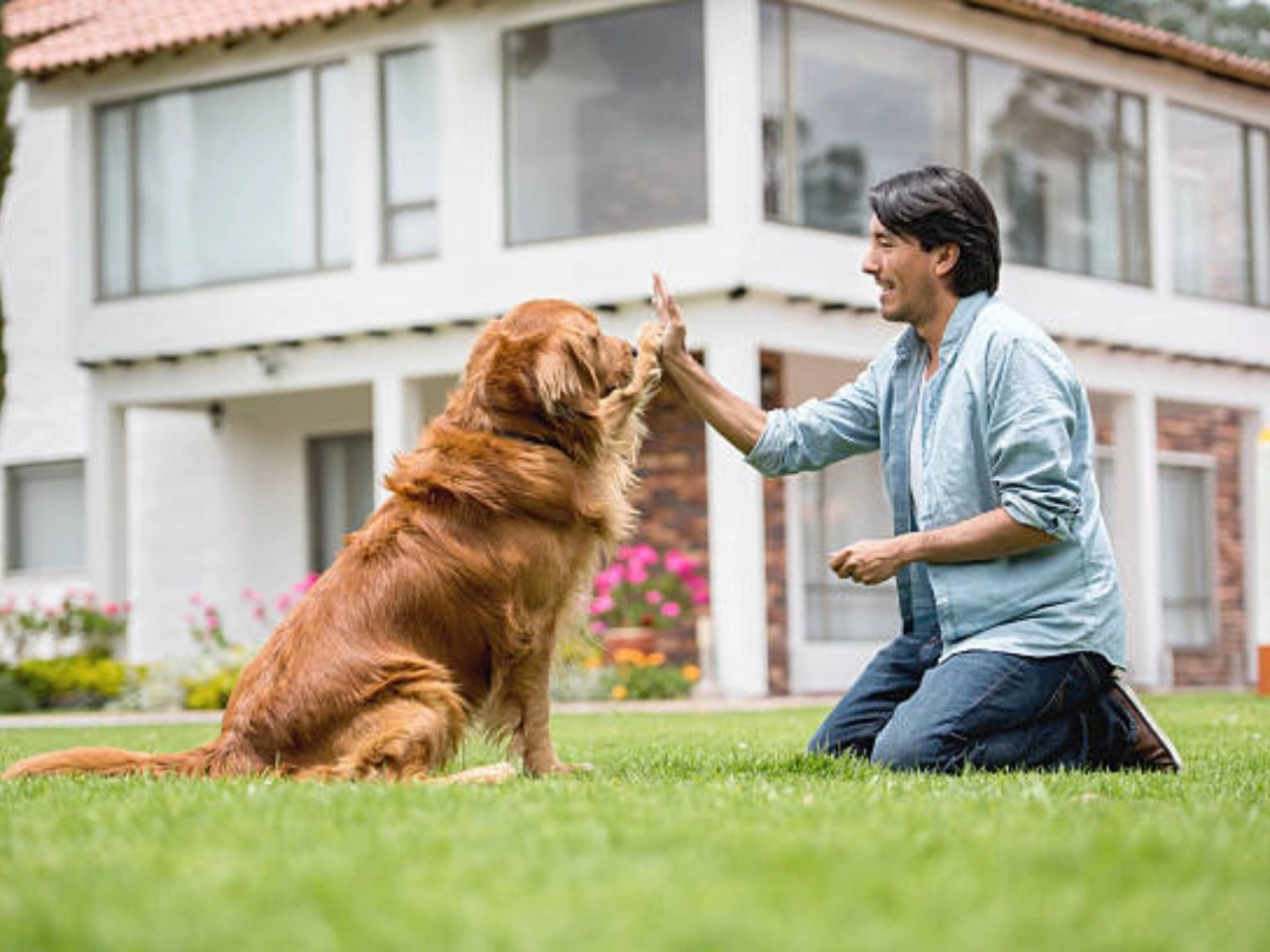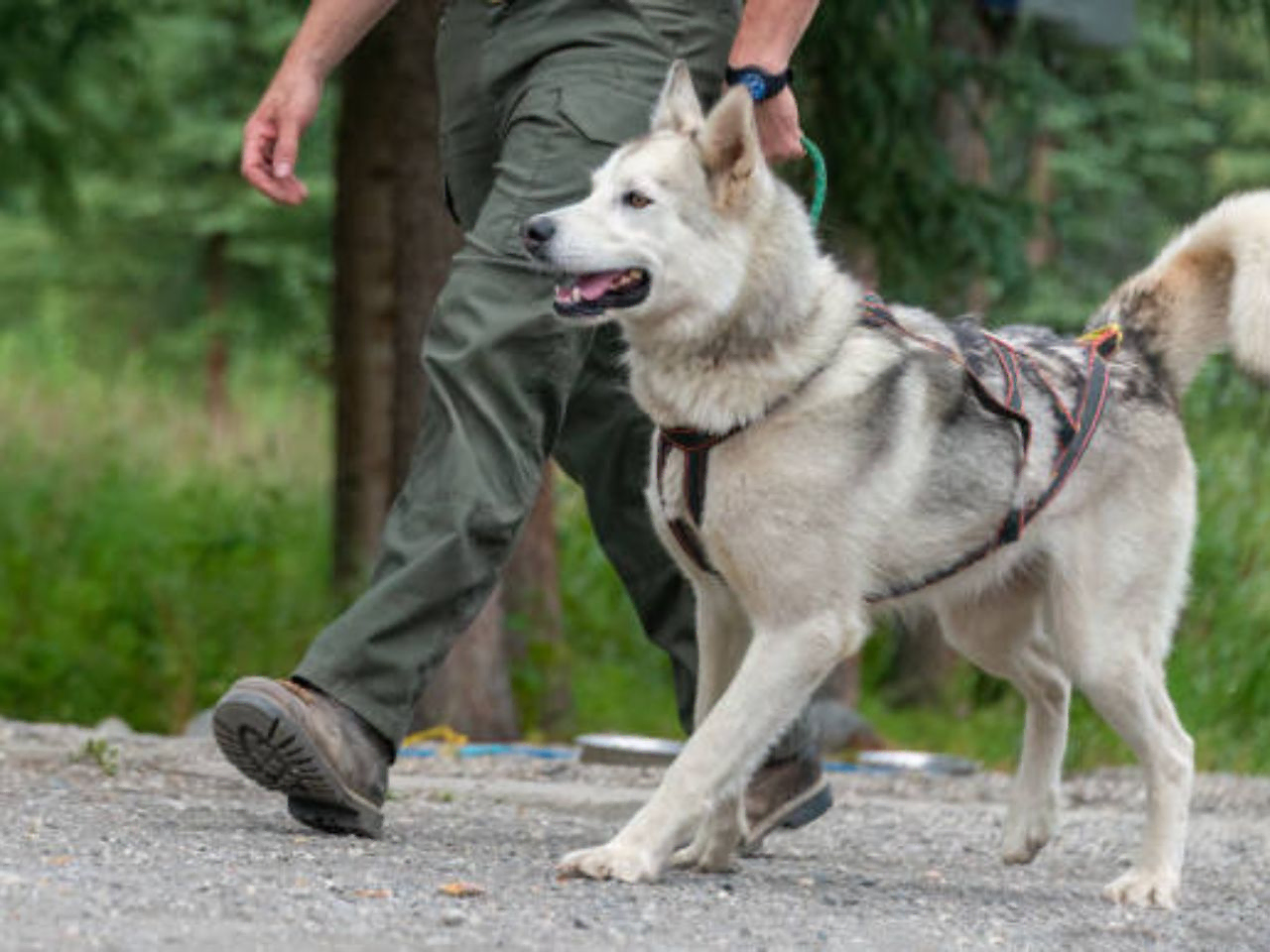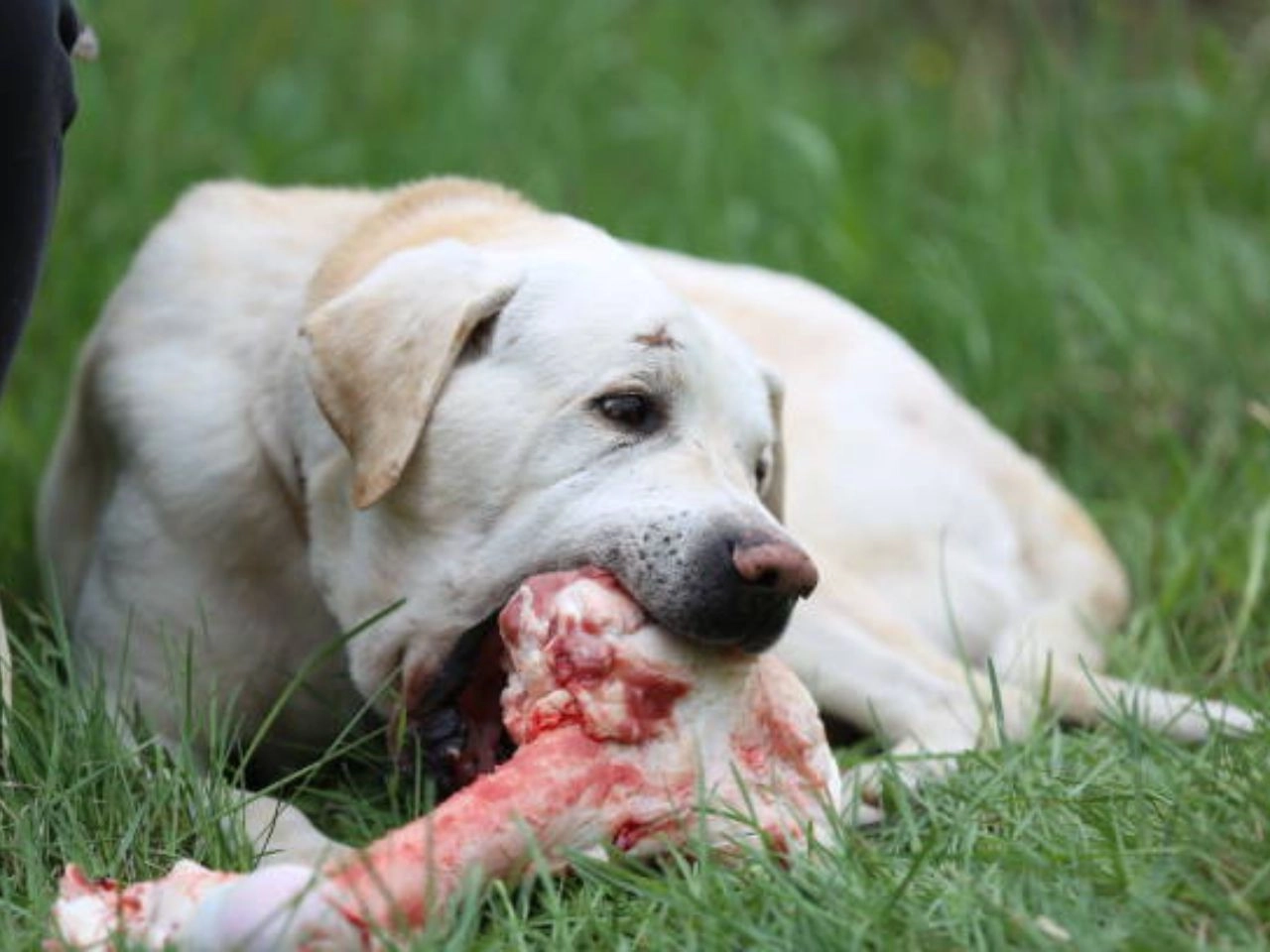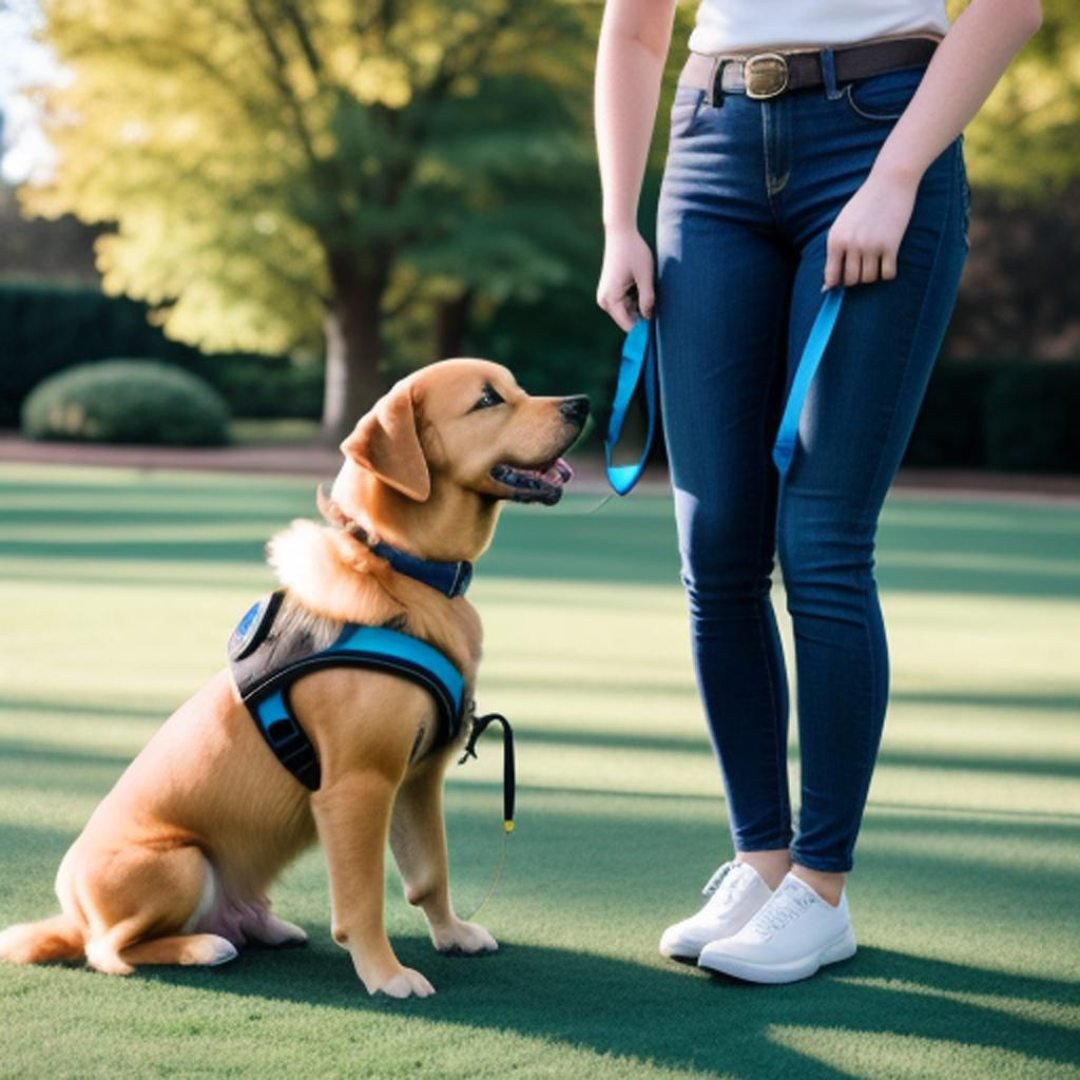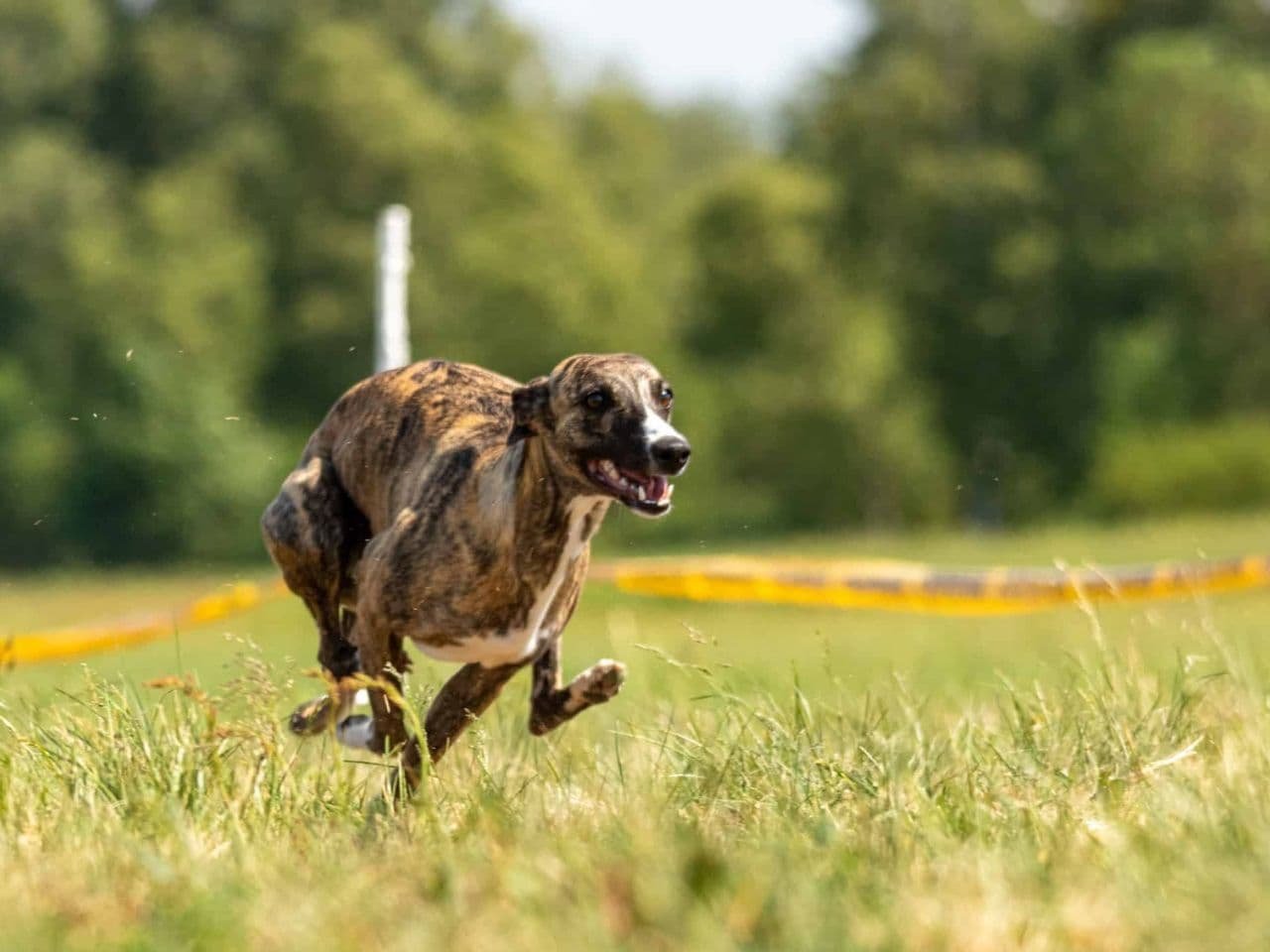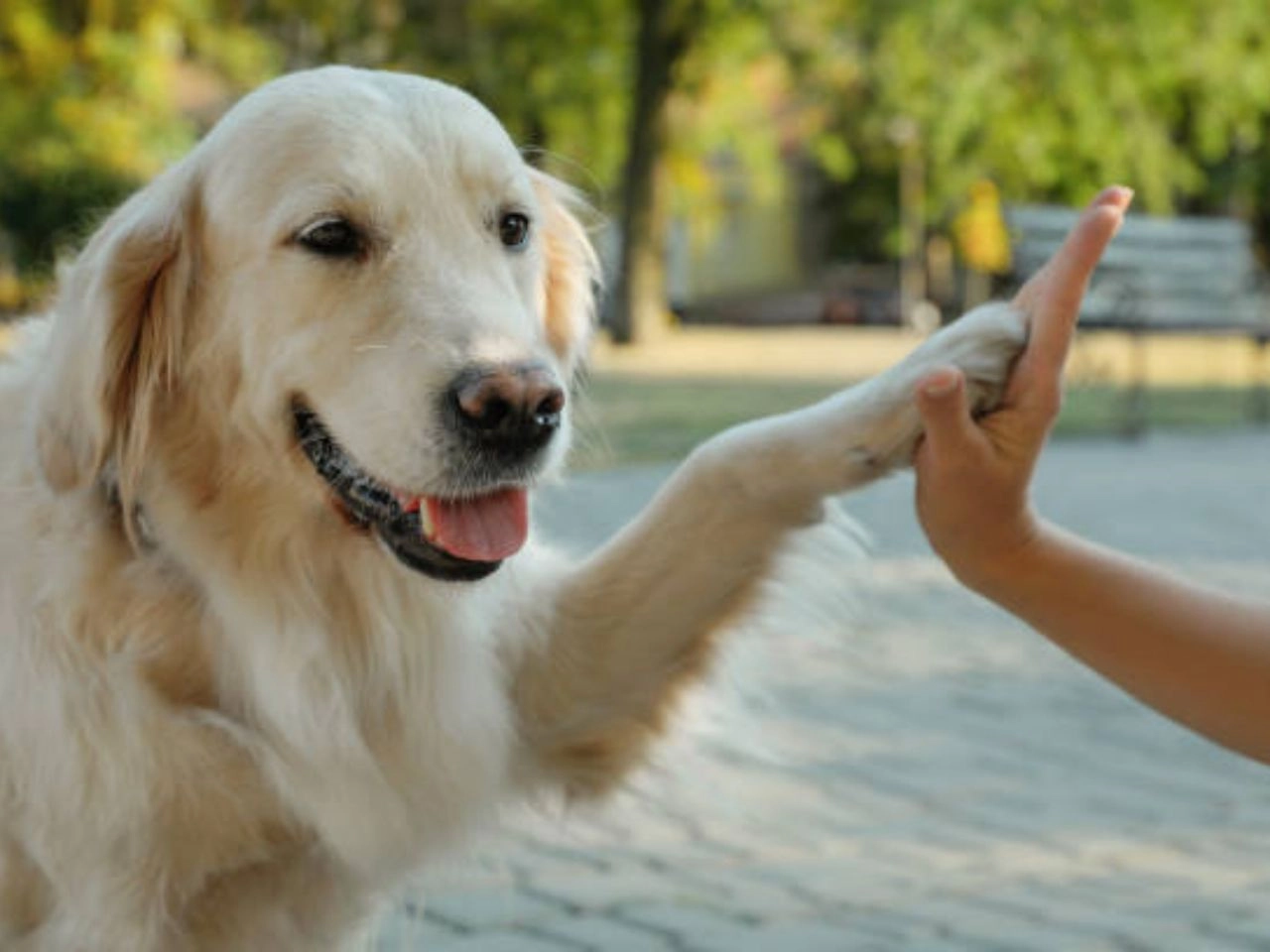To kennel train a dog with separation anxiety, gradually introduce the crate as a positive space. Use treats and toys to create a comforting environment.
Kennel training a dog with separation anxiety requires patience and consistency. Start by making the crate a safe, welcoming place. Offer treats, toys, and praise to build positive associations. Gradually increase the time your dog spends in the crate while you’re home.
This helps them feel secure and reduces anxiety. Avoid using the crate as punishment. Instead, make it a cozy retreat with their favorite items. Over time, your dog will see the crate as a safe space. This method can ease separation anxiety and promote a sense of security. Effective kennel training can lead to a happier, more relaxed dog.
Importance Of Kennel Training
Kennel training a dog with separation anxiety can be a challenge. Kennel training is important because it provides a safe space for your dog. This method helps your dog feel secure and reduces anxiety. By creating a cozy environment, your dog can learn to relax when alone.
Creating A Safe Space
Creating a safe space for your dog is the first step. The kennel should be comfortable and inviting. Use a soft bed or blanket inside. Make sure the kennel is the right size. Your dog should be able to stand, turn around, and lie down comfortably.
Introduce the kennel gradually. Leave the door open at first. Let your dog explore it on their own. You can place treats inside to encourage them. Use a favorite toy or chew to make the kennel appealing.
Steps to create a safe space:
- Choose a quiet location for the kennel.
- Use soft bedding or blankets.
- Add familiar toys or chews.
- Leave the door open initially.
- Encourage exploration with treats.
Reducing Anxiety
Reducing anxiety is crucial for successful kennel training. Start with short periods in the kennel. Gradually increase the time your dog spends inside. Stay calm and positive during training. Your dog can sense your mood.
Make the kennel a happy place. Offer treats and praise when your dog enters. Never use the kennel as punishment. This can create fear and resistance.
Tips to reduce anxiety:
- Start with short kennel sessions.
- Gradually increase time in the kennel.
- Stay calm and positive.
- Offer treats and praise.
- Avoid using the kennel as punishment.
Calming aids can also help. Consider using calming sprays or soothing music. These can create a peaceful environment. Consulting a vet may provide additional solutions. Medications or supplements might be suggested.
Understanding Separation Anxiety
Separation anxiety in dogs can be tough for both the pet and the owner. Kennel training can help ease this anxiety. Understanding separation anxiety is the first step in managing this condition. This guide will help you recognize the symptoms and causes of separation anxiety in dogs.
Recognizing The Symptoms
Recognizing the symptoms of separation anxiety is crucial. Dogs show various signs when they feel anxious. Some common symptoms include:
- Excessive barking or howling
- Destructive chewing or digging
- Trying to escape
- Pacing or trembling
- Urinating or defecating indoors
Excessive barking or howling happens when the dog is left alone. Dogs may chew or dig destructively. This can damage furniture and doors. Trying to escape is another sign. Dogs try to break out from their kennels or homes. Pacing or trembling shows they are nervous. Dogs may also urinate or defecate indoors even if they are house-trained.
Understanding these symptoms helps in taking the right steps. Kennel training can then be tailored to address these issues effectively.
Causes Of Separation Anxiety
Several factors contribute to separation anxiety. Understanding these causes can help you manage the condition better. Some common causes include:
- Change in routine
- Loss of a family member
- New environment
- Previous traumatic experiences
Changes in routine can confuse dogs. For example, if the owner starts working longer hours. The loss of a family member can make the dog feel lonely. This could be a person or another pet. A new environment can also trigger anxiety. Moving to a new house or city can be stressful for dogs. Previous traumatic experiences can make dogs fearful of being alone. This is common in rescue dogs or dogs from shelters.
Identifying the root causes helps in creating an effective kennel training plan. With patience and consistency, you can help your dog overcome separation anxiety.
ALSO READ:
Crate Anxiety Vs Separation Anxiety
Training a dog with separation anxiety can be tough. Kennel training helps your dog feel safe. You need patience and love. This guide will help you understand the process.
Understanding Create Anxiety
Crate anxiety happens when dogs fear the crate. They might bark or whine. They may also try to escape. This fear often leads to accidents in the crate.
Separation anxiety occurs when dogs fear being alone. They may destroy things. Some dogs bark or howl non-stop. This behavior happens when you leave.
Differences Between The Two
Crate anxiety is about the crate itself. Separation anxiety is about being alone. Both can happen together. Proper training can help both issues.
How To Address Crate Anxiety
- Introduce the crate slowly.
- Make the crate a happy place.
- Use treats and toys.
- Never use the crate as punishment.
How To Address Separation Anxiety
- Leave for short periods first.
- Gradually increase the time away.
- Stay calm when leaving and returning.
- Give them a special toy or treat.
Step-by-step Guide To Kennel Training
Dogs with separation anxiety feel scared when left alone. Kennel training can help them feel safe. This guide will show you how to make your dog comfortable in a kennel. Follow these steps to help your dog relax and feel secure.
Introducing The Kennel
Start by choosing the right kennel. Make sure it’s big enough for your dog to stand and turn around. Place it in a quiet and familiar spot in your home. Introduce the kennel slowly to your dog. Let them sniff and explore it at their own pace.
Use these steps to help your dog get used to the kennel:
- Leave the door open and let your dog go in and out freely.
- Put a soft blanket and a few toys inside to make it inviting.
- Feed your dog near the kennel to create positive associations.
Never force your dog into the kennel. This can create fear and resistance. Be patient and allow your dog to get comfortable on their own terms. Gradually increase the time they spend inside with the door closed. Always stay nearby at first to reassure them.
Positive Reinforcement Techniques
Use positive reinforcement to make kennel training a happy experience. Reward your dog with treats and praise when they enter the kennel. This helps them associate the kennel with good things. Gradually increase the time they spend in the kennel, always rewarding them for staying calm.
Here are some positive reinforcement tips:
- Give your dog a treat each time they go into the kennel.
- Praise them warmly and use a happy tone of voice.
- Offer a special toy that they only get while in the kennel.
Stay consistent with your training. Repeat these steps daily to build a routine. Your dog will learn that the kennel is a safe and pleasant place. If your dog shows signs of anxiety, take a step back. Reduce the time they spend in the kennel and increase it slowly again.
How To Help Dog With Separation Anxiety
Training a dog with separation anxiety can be tough. Kennel training can help. It provides a safe space for your dog. This guide will help you through the process. Your dog can feel safe and secure in no time.
Choose The Right Kennel
A kennel must be big enough for your dog. Your dog should stand, turn, and lie down easily. The kennel must be comfortable and safe. Avoid sharp edges and small parts. A cozy kennel helps your dog feel secure.
Introduce The Kennel Slowly
Let your dog explore the kennel. Place treats and toys inside. Praise your dog when it enters the kennel. Do not force your dog inside. Let the dog enter and exit freely. This will help your dog feel safe.
Make The Kennel A Positive Space
Feed your dog in the kennel. This creates a positive association. Use the kennel for fun times, not just alone time. Put your dog’s favorite blanket or toy inside. This makes the kennel feel like home.
Gradually Increase Kennel Time
Start with short periods. Leave your dog in the kennel for a few minutes. Gradually increase the time. Stay calm and patient. Your dog needs time to adjust. Reward good behavior with treats and praise.
Keep A Calm Departure Routine
Practice leaving calmly. Do not make a fuss. Your dog should stay calm when you leave. Keep departures and arrivals low-key. This reduces anxiety. Your dog will learn that you always come back.
Use Calming Techniques
Try calming sprays or diffusers. These can help reduce anxiety. Play soothing music or white noise. This can make your dog feel relaxed. Exercise your dog before kennel time. A tired dog is less anxious.
Be Consistent And Patient
Consistency is key. Stick to a routine. Your dog will feel more secure. Patience is important. Training takes time. Celebrate small successes. Each step forward helps your dog feel better.
Frequently Asked Questions About How to Kennel Train a Dog With Separation Anxiety
What Is Kennel Training For Dogs?
Kennel training involves teaching a dog to feel comfortable in a crate. It provides a safe space for the dog.
How Does Kennel Training Help Separation Anxiety?
Kennel training helps dogs feel secure when alone. It reduces anxiety by creating a safe, familiar environment.
How Long Does Kennel Training Take?
Kennel training varies by dog. It typically takes a few weeks of consistent practice and positive reinforcement.
Can Older Dogs Learn Kennel Training?
Yes, older dogs can learn kennel training. Patience and consistency are key to successfully training older dogs.
Conclusion
Kennel training a dog with separation anxiety takes patience and consistency. Use positive reinforcement to create a safe space. Gradually increase alone time to build your dog’s confidence. Remember, every dog is unique, so progress may vary. With dedication, your furry friend will soon feel comfortable and secure in their kennel.

